Bangladesh, a land of breathtaking landscapes and vibrant culture, is fast becoming a must-visit travel destination in South Asia. From its lush green countryside to bustling cities and historical treasures, this country offers a diverse range of experiences for every type of traveler. Bangladesh Travel Guide, ToursnTripsBD, is the best travel guide among the others, which gives you the best travel experience for travelling to historical and cultural places.
Why Visit Bangladesh?
Known for its natural beauty, rich history, and warm hospitality, Bangladesh is a paradise for those looking to explore off-the-beaten-path destinations. Whether you’re a nature enthusiast, history lover, or culinary explorer, Bangladesh has something unique to offer.
Top Attractions in Bangladesh
1. Dhaka: Where Tradition Meets Modernity
Start your journey in Dhaka, the capital city. This bustling metropolis is a blend of historical landmarks and modern architecture. Don’t miss:
- Lalbagh Fort: A stunning 17th-century Mughal fort.
- Ahsan Manzil: The “Pink Palace,” a testament to the grandeur of the Nawabs of Dhaka.
- National Parliament House: An architectural marvel designed by Louis Kahn.
2. The Sundarbans: A UNESCO World Heritage Site
Nature lovers will be captivated by the Sundarbans, the world’s largest mangrove forest and home to the elusive Royal Bengal Tiger. A boat safari through the forest is an unforgettable experience.
3. Cox’s Bazar: The World’s Longest Sandy Beach
For beach enthusiasts, Cox’s Bazar offers over 120 kilometers of uninterrupted coastline. Relax on the golden sands, enjoy fresh seafood, and watch mesmerizing sunsets.
4. Saint Martin’s Island: A Tranquil Paradise
This small coral island is perfect for a peaceful escape. Crystal-clear waters and a laid-back atmosphere make it a favorite among travelers seeking serenity.
5. Sylhet: Land of Lush Tea Gardens
Visit Sylhet’s rolling tea estates and immerse yourself in the region’s natural beauty. Don’t forget to try a cup of freshly brewed local tea.
6. Barisal: Explore the Serene Rivers
Cruise through Barisal’s intricate river network and discover the charm of its floating markets and villages.
7. Ancient Archaeological Sites
History buffs will appreciate:
- Mahasthangarh: One of South Asia’s earliest urban archaeological sites.
- Paharpur: A UNESCO-listed ancient Buddhist monastery.
Immerse Yourself in Bangladeshi Culture
Experience the vibrant traditions and festivals of Bangladesh:
- Pohela Boishakh (Bengali New Year): A celebration of colors, music, and food.
- Durga Puja: Witness the grandeur of this Hindu festival.
Savor Authentic Bengali Cuisine
No trip to Bangladesh is complete without indulging in its flavorful dishes. Must-try foods include:
- Hilsa Fish Curry: The national dish.
- Panta Bhat: Fermented rice served with fried hilsa, onions, and green chilies.
- Mishti (Sweets): Treat yourself to Rasgulla and Sandesh.
Practical Tips for Traveling in Bangladesh
- Best Time to Visit: October to March for pleasant weather.
- Language: Bengali is the official language, but English is widely understood in urban areas.
- Currency: Bangladeshi Taka (BDT).
- Transport: Rickshaws, buses, and trains are common modes of transportation.
Misty Mornings in Rural Bangladesh
Why Travel to Bangladesh?
Bangladesh, often described as one of Asia’s hidden gems, remains an off-the-beaten-path destination. Its allure lies in its vibrant culture, lush landscapes, and warm-hearted people. Despite its lack of tourism infrastructure compared to neighboring India, it offers a refreshing escape from tourist crowds and scams. However, travel here can be challenging, with unpaved roads, traffic chaos in urban centers like Dhaka, and limited English proficiency in rural areas.
What to Expect
Visitors will encounter stunning scenery, from misty mornings in rural villages to bustling riverbanks filled with activity. Bangladesh is also a study in contrasts, blending natural beauty with urban hustle and environmental challenges. Prepare for modest clothing, patience with transportation, and a readiness to engage with curious locals eager to learn about you and your homeland.
If you’re seeking a raw, authentic experience and are ready for an adventure, Bangladesh is waiting to surprise you.
Where to Stay in Bangladesh
- Nishorgo Cottage, Srimongal: An eco-friendly retreat surrounded by lush gardens, perfect for foreign visitors. They can assist with tours to nearby tea plantations.
- Gol Kanon Eco Lodge, Sundarbans: Immerse yourself in rural Sundarbans life at this authentic eco-lodge.
- Dhaka: Reliable, clean options include 71 Hotel Dhaka, centrally located near the old city, and the upscale Four Points by Sheraton Dhaka in Gulshan.
- Mermaid Eco Resort, Cox’s Bazar: A serene, eco-friendly option near the beach.
For more hotel options, check Booking.com or Agoda.com.
Recommended Day Trips and Activities in Bangladesh
- Discover Dhaka: Take a rickshaw tour of Old and New Dhaka—an unforgettable experience.
- Sreemongal: Visit the tea capital of Bangladesh, famous for its lush estates.
- Rajshahi: Explore the historic charm of this northwestern region.
Travel to Bangladesh: Visas
Before booking, check your country’s travel advisories for Bangladesh due to possible political instability. Ensure you have comprehensive travel insurance.
Visa on Arrival:
Tourists from many countries can get a Visa on Arrival at Dhaka Airport for stays under 30 days. Check updated Visa on Arrival rules beforehand.
Overland from India:
Visa on Arrival isn’t available for train travel (e.g., Maitree Express from Kolkata to Dhaka). Bus travelers may get a Visa on Arrival at land borders. For train travel, secure a visa in advance from the Bangladesh High Commission or in Kolkata. Note that embassy processing can be slow, so apply early. Additional train routes, like Kolkata to Khulna, offer access to southwestern Bangladesh.
Bangladesh Travel Introduction: Customs and Culture
Bangladesh, with its rich history and vibrant culture, is a unique destination for travelers. The country was once part of India, known as “East Bengal,” until 1947 when India gained independence from British colonial rule. At this time, the subcontinent was divided into India and Pakistan, causing a massive migration crisis. Hindus moved from Pakistan to India, and Muslims from India to Pakistan, creating the largest refugee crisis in history. Bangladesh became “East Pakistan” under the rule of Islamabad, but discontent led to the 1971 war of independence, supported by India, ultimately resulting in Bangladesh’s independence.
Today, Bangladesh is home to over 140 million people, with Dhaka, the bustling capital, housing 14 million. As rural citizens migrate to cities in search of better job opportunities, the population continues to grow, making the urban areas often crowded.
You will see many things in Bangladesh: friendly people!
Religious Diversity
Despite the Muslim majority, Bangladesh is home to a significant Hindu population, along with tribal communities in the Chittagong Hill Tracts. The country also hosts a growing Burmese immigrant population due to the ongoing Rohingya crisis. In many areas, Muslims and Hindus live in religious harmony, although tensions can still arise in some regions.
Friendly Greetings
In Bangladesh, identifying someone’s religion can be challenging, as not all Muslim women wear hijabs, and some Hindu women do. The common Muslim greeting is “Asalaam Aleikum,” while Hindus typically use the Bengali greeting “Nomoshkar.” However, using neutral greetings like “Good Morning” or “Hello” is always a safe and polite choice.
Hospitality
The people of Bangladesh are incredibly warm and welcoming. It’s common to receive inquiries about your family, especially if you’re traveling with men or solo (ladies are often advised to mention they are married). Hospitality is a significant part of the culture, so feel free to accept invitations for tea or dinner. While you may be offered refreshments or meals, it’s perfectly okay to politely decline if you’re not ready. These exchanges can often lead to cherished memories.
Travel in Bangladesh: Practicalities.
Money: The currency of Bangladesh is the Bangladeshi Taka (BDT). It is not officially available outside Bangladesh, but you can exchange Taka for Indian Rupees at exchange shops on Sudder Street in Kolkata. If you’re traveling by bus from India, there are exchange options at the border, though be cautious of touts. If flying in, you can withdraw Taka from an ATM or exchange counter at the airport. Converting US Dollars to Taka is easiest at exchange shops within Bangladesh. Keep in mind that not all ATMs accept foreign cards, and there have been reports of cards being swallowed, so make sure to check the ATM before using it. I used a Standard Chartered ATM with my Visa debit card, and it worked fine.
Language: Bengali (or Bangla) is the official language of Bangladesh, similar to Bengali in India. English is not widely spoken, especially outside major cities, and public signage (like traffic announcements and station signs) is not usually in English. Younger generations, such as students, are more likely to speak English than older individuals. Additionally, Bengali numbers are used in written form, so it may be challenging to read train schedules or price lists. Familiarizing yourself with Bengali numbers beforehand can be very helpful.
Find peace and tranquility in the Sundarbans.
The Sundarbans in Bangladesh, a UNESCO World Heritage Site, is the world’s largest mangrove forest, spanning over 10,000 square kilometers. Famous for its rich biodiversity, it is home to the Bengal tiger, various species of birds, reptiles, and marine life. Visitors can explore the dense forest through boat tours, navigating its intricate network of waterways and experiencing its unique ecosystem. The Sundarbans is a must-visit for nature lovers and adventure enthusiasts seeking an unforgettable experience in one of the planet’s most ecologically significant regions. Plan your trip for an unforgettable adventure in this pristine wilderness!
Getting Around: Transport in Bangladesh.
All roads lead to Dhaka. One of the more frustrating aspects of traveling in Bangladesh is that traveling between different regions often means passing through the capital. However, you can travel directly by train from the North-West (e.g., Rangpur and Rajshahi subdivisions). Similarly, a direct train route exists from Sylhet (Northeast) to Chittagong (Southeast). While buses connect these regions to Dhaka, they are infrequent. Given the frequent need to pass through the capital, it’s worth spending some time familiarizing yourself with Dhaka’s bustling atmosphere before continuing your travels throughout Bangladesh.
Old Dhaka scenery and colorful rickshaws
Southern Bangladesh is defined by its waterways, but they are shrinking due to silting and a lack of maintenance. Rivers, once vital for large ships and ferries, are now often difficult to navigate. During the dry season, Bangladesh has 4,800 kilometers of navigable waterways, while the wet season sees over 8,000 kilometers. Ferries are common, especially in areas with few bridges, and overnight ferries, called “launches,” ply routes south from Dhaka to Khulna and Barisal, gateway cities to the Sundarbans. A highlight of my trip was the ride on a “rocket” paddle steamer, a 1920s-era ferry now known for its historical charm and reliable upkeep.
Sunrise from the Rocket Paddle Boat to the Sundarbans
Take the Train:
Apart from experiencing slow travel on a rocket, one of the best ways to explore Bangladesh is by train. Although the rail network is old, the trains are generally comfortable (unless you’re imitating rooftop-climbing locals). Intercity trains are usually reliable and comfortable. However, postal trains tend to be terribly delayed, and their rolling stock is often outdated and decaying.
One of my favorite aspects of train travel is meeting locals, and the train journey from Dhaka to Sylhet on the Parabat Express was particularly enjoyable.
Check train times on the Bangladesh Railways website (available in English), but remember to book tickets in person at the station you’ll be departing from. Trains open for booking up to 5 days in advance and sell out quickly! If your train is sold out, try asking around at shops inside or next to the train station, as you might be able to buy tickets there for a little extra. If all else fails and you need to board a certain train, your best bet is to get on and negotiate with the conductor.
Don’t worry, intercity trains are much safer than sitting on the roof!
Be Prepared for Dhaka Traffic:
I had heard stories about Dhaka’s traffic and thought, “It can’t be that bad”—and it was. Prepare yourself for long journeys across town, often taking up to two hours. Because of this, many buses are slow and uncomfortable. Dhaka is said to be building a metro system, but it’s not quite a reality yet.
Explore Dhaka by Trishaw:
One of the most efficient ways to get around Dhaka’s traffic is by taking a trishaw (bicycle rickshaw) or an auto-rickshaw (CNG). Rickshaws are best for short trips and should be avoided at night. Stick with Uber for safer options, especially in the evening. While communicating in Bengali can be tricky, I managed to find friendly locals in Dhaka who helped translate.
Take a CNG past the tea plantations of Srimangal.
Take Care of Your Belongings:
Petty theft is a common issue, particularly with cell phones. Rickshaws are a popular target for thieves, especially at night, as are CNGs. If you’re carrying an expensive phone, consider getting a cheap one for your time in Bangladesh. On trains, children have been known to climb on top of carriages after dark and try to snatch possessions through open windows (I’ve seen this firsthand). So, always keep the windows closed. While it’s mostly petty theft, violent crime is less of an issue than opportunistic robberies.
The Bus:
Many buses operate overnight, but this is one of the most dangerous times to travel due to poor road safety. The Dhaka-Chittagong Expressway is notorious for frequent accidents. Roadside amenities (such as toilets) are also scarce, making bus travel uncomfortable, especially for women. If possible, opt for the train instead of the bus. On buses, women usually sit at the front, while men sit in the back.
When the Slowest Form of Transportation is Actually the Fastest
Despite its slow pace, traveling by train or boat often offers a more relaxing and safer option compared to other forms of transportation in Bangladesh. The key is to plan ahead and be prepared for the unique experiences along the way.
Bangladesh Women Travel Safe and Tips for Solo Female Travelers.
Traveling as a solo female in Bangladesh may seem challenging, but with the right approach, it can be a rewarding experience. Below are some insights and tips to ensure a safe and enjoyable journey:
- Cultural Respect: While traveling alone, you will likely notice the respect people show towards women. However, cultural norms differ, so be prepared to adapt to local customs.
- Safety After Dark: Most local women avoid traveling alone at night. To stay safe, it’s best to follow their example and plan your activities during daylight hours.
- Family-Friendly Areas: Many restaurants offer designated “family areas,” often curtained off, where women, couples, and families can dine in privacy. These spaces are ideal for a quiet meal and added comfort.
- Dress Modestly: To blend in and avoid unnecessary attention, wear modest clothing such as long sleeves, loose pants, or a scarf.
- Warm Hospitality: While traveling, you’ll encounter the genuine warmth and hospitality of the Bangladeshi people, which makes the experience even more memorable.
By respecting local norms and staying cautious, you’ll discover the hidden charm of Bangladesh as a solo female traveler.
Solo Travel for Women in Bangladesh: Dressing Conservatively for a Comfortable Experience
Traveling solo as a woman in Bangladesh can be a fulfilling and culturally rich experience, but it’s essential to dress appropriately to ensure respect and comfort. Wearing a salwar kameez, the traditional Bangladeshi attire, is highly recommended. This outfit consists of a long tunic, loose trousers, and a scarf (dupatta) that can be draped over the chest or head. Made from breathable cotton fabric, the salwar kameez is ideal for the country’s warm climate and offers both style and modesty.
If traditional wear isn’t your preference, opt for loose trousers and a long top that covers your back, paired with a scarf to cover your chest or head. Ensure your legs, arms, and elbows are covered, avoiding tight clothing or revealing necklines. While covering your hair is optional, doing so may help earn respect and minimize unwanted attention.
Showing off my Salwar Kameez at Sadarghat in Dhaka
When visiting Bangladesh, it’s crucial to plan and book your accommodations and travel well in advance. The country is not ideal for last-minute plans, especially if you’re arriving at a new destination at night. Secure your stay through reliable platforms like Agoda.com or Booking.com, which offer a wide variety of hotel options. However, to confirm your booking, it’s often best to call the hotel directly, as emails may go unanswered.
Travel Tips for Solo Travelers in Bangladesh
Bangladesh offers travelers a warm and respectful welcome. However, solo female travelers may encounter curious locals who often ask about your plans, opinions on the country, and personal life. To avoid awkward situations, mentioning you’re married can be helpful.
Stay connected by getting a local SIM card—especially essential for solo travelers. Grameenphone is a popular option in Dhaka. Visit their office with your passport and a passport-sized photo. In just 10 minutes, you’ll have an activated number for navigation and emergencies.
Traveling solo here is unique and rewarding—be prepared for genuine hospitality and endless curiosity!
Don’t Forget and Enjoy Traveling in Bangladesh
Bangladesh is a country rich in culture, natural beauty, and warm hospitality. Unlike some parts of Asia, it doesn’t attract an overwhelming number of foreign tourists, which means you’ll often experience a peaceful and authentic journey. While minor hassles like taxi or CNG drivers raising fares occasionally happen, these are exceptions rather than the norm.
For female travelers, modest clothing can help deflect unwanted attention, which is typically rooted in curiosity rather than ill intent. If you find yourself in an uncomfortable situation, raising your voice or seeking help from bystanders often resolves the issue quickly.
Bangladesh offers breathtaking sights like the historic Sixty-Dome Mosque in Bagerhat and serene countryside landscapes. However, the country may be challenging for inexperienced travelers due to limited amenities. Be ready to adapt to a simpler lifestyle—goodbye to daily lattes for a while!
With preparation and an open mind, your journey in Bangladesh will be unforgettable.
Bangladesh Packing List – What to Wear in Bangladesh
Bangladesh is a warm and humid country, so light, durable clothing is essential. During winter months (November–February), nights can get chilly in Dhaka, northern regions, and Bandarban, so pack a cardigan or light jacket.
Clothing Recommendations:
- Modest attire is crucial—opt for clothes that cover the body and are loose-fitting.
- Women should fully cover their legs and shoulders; scarves are great for added coverage.
- For men, jeans and T-shirts are common, but shorts are acceptable.
- Pack loose-sleeved blouses, tunics, or cotton/linen shirts. Avoid plain white, as dust can stain easily.
- Comfortable footwear like slip-ons and flip-flops are ideal for city tours and lounging.
Hygiene and Sustainability:
- Feminine hygiene products like tampons are rare—bring a menstrual cup or reusable alternatives.
- Use plastic-free soaps and shampoos to minimize environmental impact.
Electronics and Health:
- Bring a multi-way travel adapter for varied power sockets.
- Pack a power bank for long journeys.
- A first aid kit with antiseptics, antibiotics, and mosquito repellent is vital.
Stay healthy, hydrated, and insured for a safe journey across Bangladesh!
Food and Drink When Traveling in Bangladesh
Bangladesh is a paradise for fish lovers, with its rich culinary tradition centered around fish dishes. Fish curry is a staple, as are biryani dishes made with chicken and eggs, often enjoyed with hands for an authentic experience. Breakfast usually features Bengali paratha, eggs, and subji (vegetables). Vegetarians may find it challenging, but options like dal boona (a thicker lentil curry), vegetables, and rice are available. If you eat eggs, it becomes easier, as locals may often supplement meals with eggs to compensate for the lack of meat.
Drinking tap water is unsafe in Bangladesh, and finding filtered water can be tricky compared to neighboring India. Carrying a refillable water bottle and a Steripen UV water purifier is highly recommended. When filtered water is unavailable, boiled water is a safe alternative. These practices help minimize the use of plastic bottles, a crucial step for the environment.
Why Travel to Bangladesh?
Last and best: why go to Bangladesh? We read about overtourism and mass tourism almost every week now. It’s easy to see that tourism doesn’t always have a positive impact, especially where tourists flock. So why not take such a country Bangladesh is rarely visited and is often viewed negatively by outsiders and abandon it? Arguably, places like Bangladesh have the most to gain from (the right kind of) tourism: bringing more connections and understanding to the outside world, and bringing economic benefits to rare neighborhoods. So why not give it a try?
Have you ever been or would you consider a trip to Bangladesh? Besides these Bangladesh travel tips, what else would you add or would you like to know? Let me know in the comments section below!


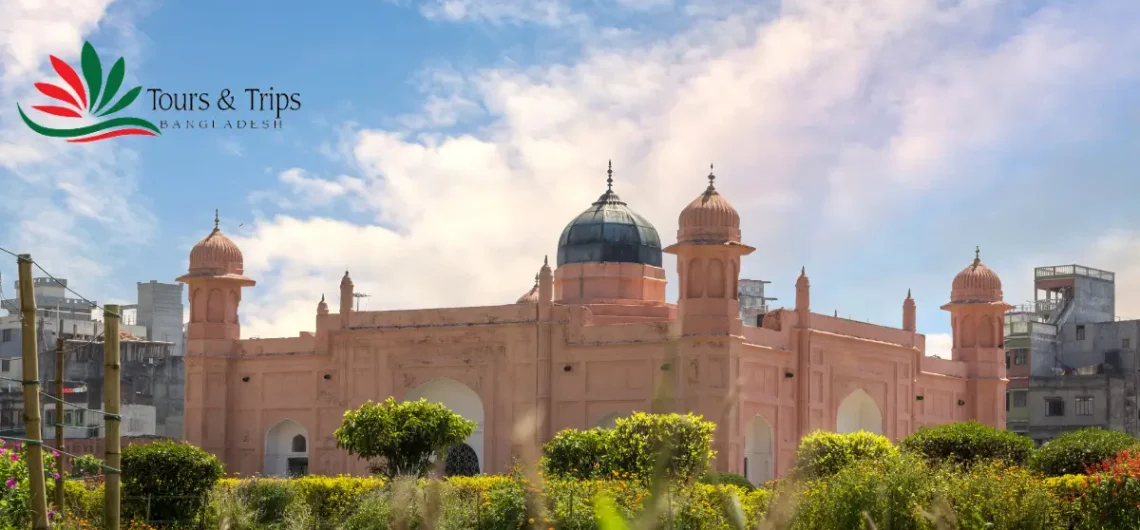
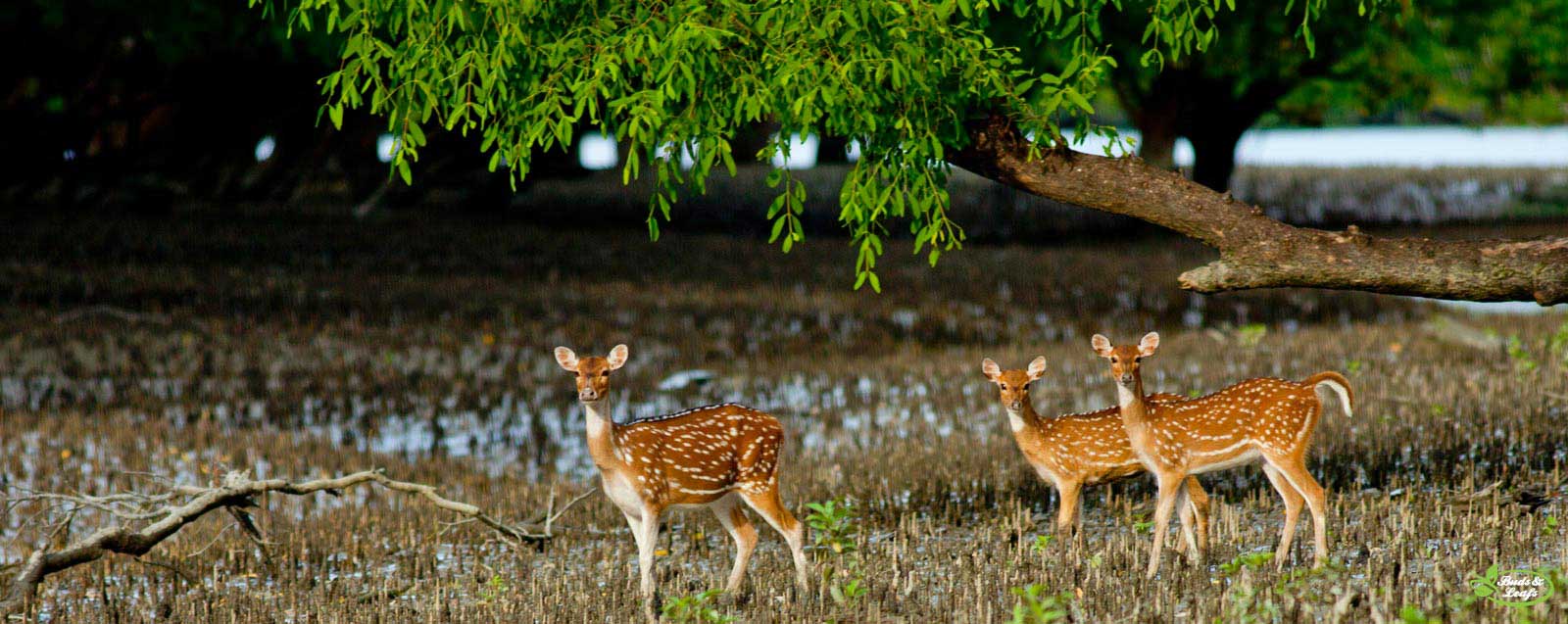
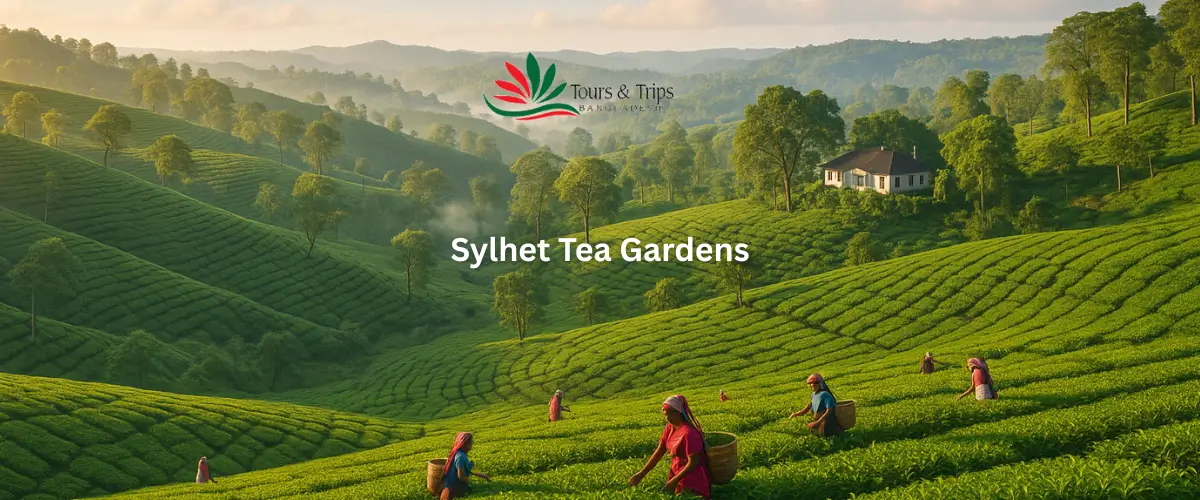


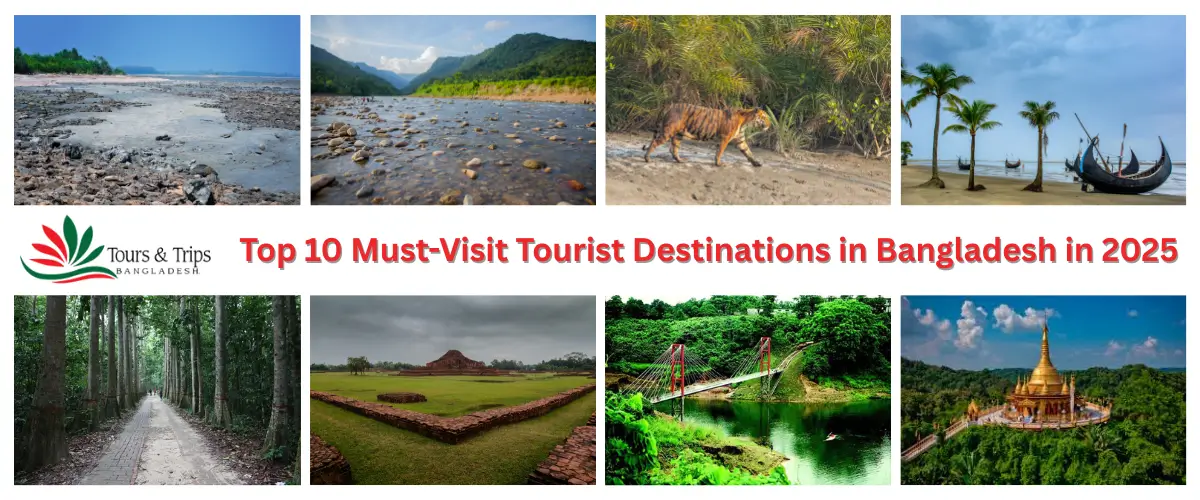
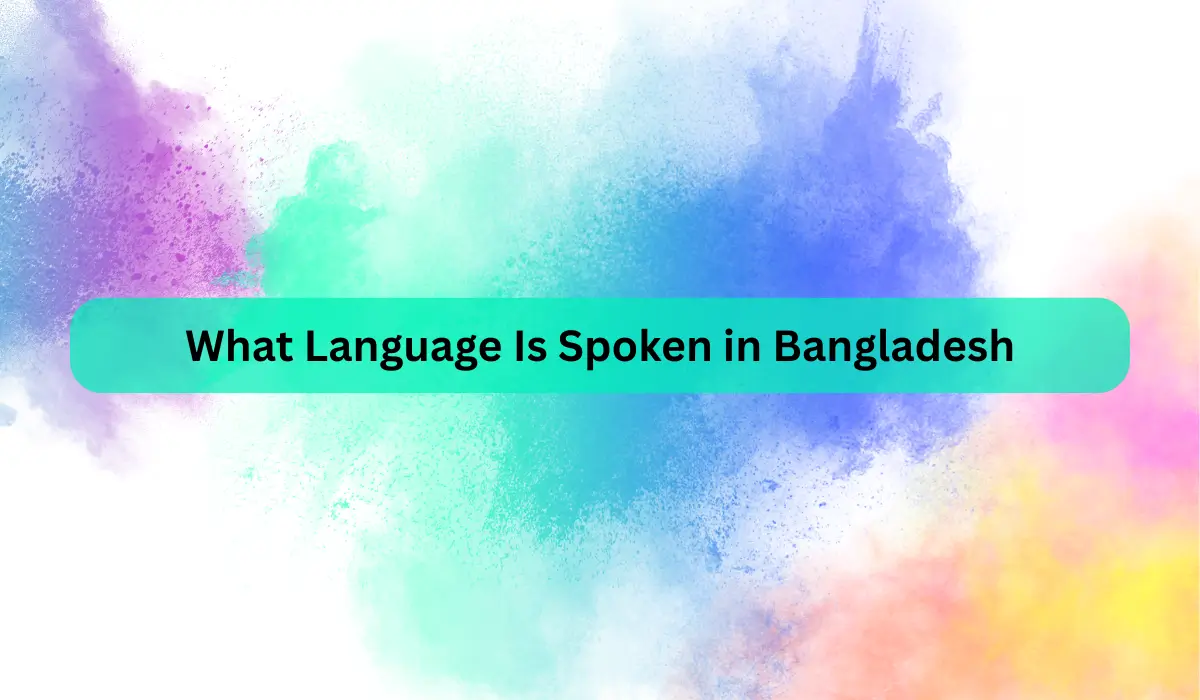



Comments